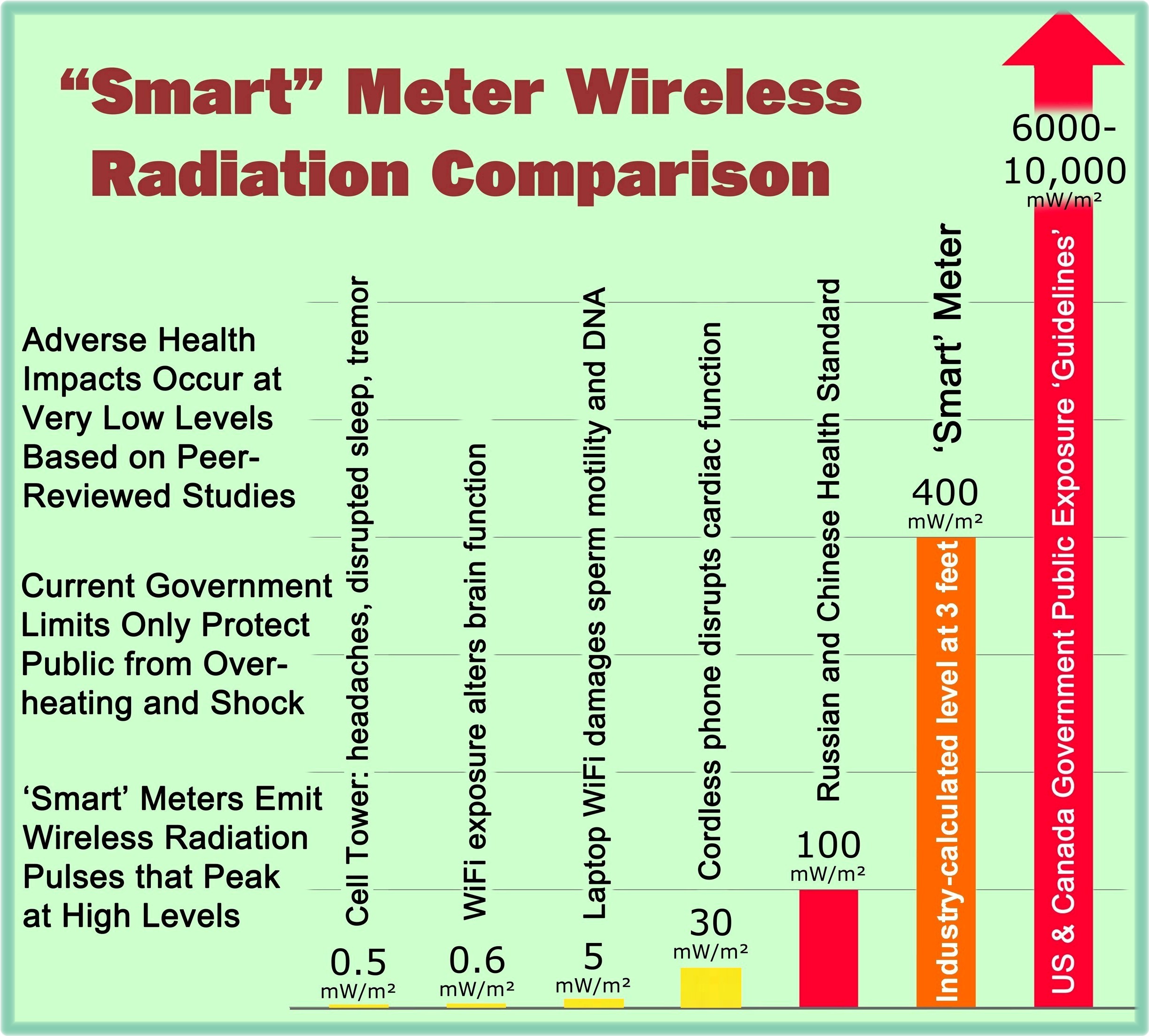What follows are selected quotations reprinted with permission from ETP, Engineering and Technology Publishing. This article was published in the International Journal of Renewable Energy and Smart Grid (IJRESG), (Vol. 1, No. 1), September 2012.
Fuzzy-Based Optimization for Effective Detection of Smart Grid Cyber-Attacks
Abstract for Article:
“The smart grid is envisioned to be a completely automated infrastructure that will require little or no human intervention to address growing demands of the grid consumers. This is made possible by the integration of latest information and communications technologies (ICT) into the power grid. The various sensors installed in the smart grid have the capability to report back information related to power consumption, billing and other significant readings. However, this integration of technology also raises several concerns about the protection of the smart grid against cyber-attacks. The security challenges presented by the smart grid are unique and cannot be overcome with existing security solutions. [emphasis added] This work presents a fuzzy logic based scheme that enables us to achieve a realistic tradeoff between attack detection rate and cost of inter-device communication, for detecting smart grid cyber attacks. Simulation results provide strong findings to establish the need for fuzzy logic as a means to address the issue of cost-detection rate tradeoff problem efficiently.”
Selected quotations from this article are as follows:
“Although the introduction of intelligence into the traditional power setup promises great benefits in terms of performance and efficiency, it also raises concerns for protecting the smart grid systems against cyber security threats. The attacks launched against the smart grid can be of varying types. For instance, end-users might attack the system with the intention of decreasing their power bill. Other attackers might want to cause harm to the consumers by jacking up their bills or even bringing down the entire system.
Potential threats faced by the smart grid exist because [1]:
- Due to a greater complexity there is increased risk of accidental errors and adverse types of attacks,
- A large number of interconnections between its components makes the system highly vulnerable,
- The increasing number of smart nodes exposes a higher number of access points to the network for launching Denial of Service (DoS) or Distributed Denial of Service (DDoS) attacks, and
- A large number of available network links also increases the risk of cascading failures. A cascading failure occurs when the failure of a single component (e.g.: transmission line failure) triggers the failure of several other components and finally the blackout of the grid itself. This implies that contemporary security mechanisms are not applicable for securing the smart grid and there is a need to develop schemes that consider the multi-dimensional nature of threats faced by the smart grid.”
“Although the smart grid promises high-end features for its end users, the merging of technology also exposes the smart grid infrastructure to a variety of cyber-attacks. A number of malicious attacks specific to the smart grid are identified in [4] that include:
- Consumer Device Implant Attacks: Any attack where a fake device implanted in the smart grid infrastructure is identified as a legitimate device by the infrastructure.
- Meter Implant Attacks: The purpose of this attack is to place a hoax meter with malicious software to alter meter reading resulting in either an increase or a reduction of billing amount for the consumer.
- Black Hole Attacks: A black hole attack occurs in the network when a data concentrator halts forwarding of all meter readings to their rightful destinations i.e., control centers.
- Malicious Hand-held terminals: The transfer of viruses from handheld devices to smart components such as smart meters and concentrators can cause considerable disruption to normal operations of the smart grid.”
“Conclusion
[The] Smart grid presents the next step forward for the power industry due to its immense capabilities. However, it is also vulnerable to malicious attacks of varying types that can severely obstruct its widespread acceptance. …”
“[1] Pallotti E, Mangiatordi F. Smart grid cyber security requirements. Research report. Electronics Deprtment, RomaTreUniversity, 2011.”
“[4] Baig ZA. On the use of pattern matching for rapid anomaly detection in smart grid infrastructures. In: Proc. of Smart Grid Communications, 2011:214-219.”
[Above selected quotations reprinted with permission from ETP, Engineering and Technology Publishing. Articles were published in the International Journal of Renewable Energy and Smart Grid (IJRESG), (Vol. 1, No. 1), September 2012.]
The complete article may be viewed at the following link:
http://www.ijsgce.com/uploadfile/2012/1011/20121011122129685.pdf




